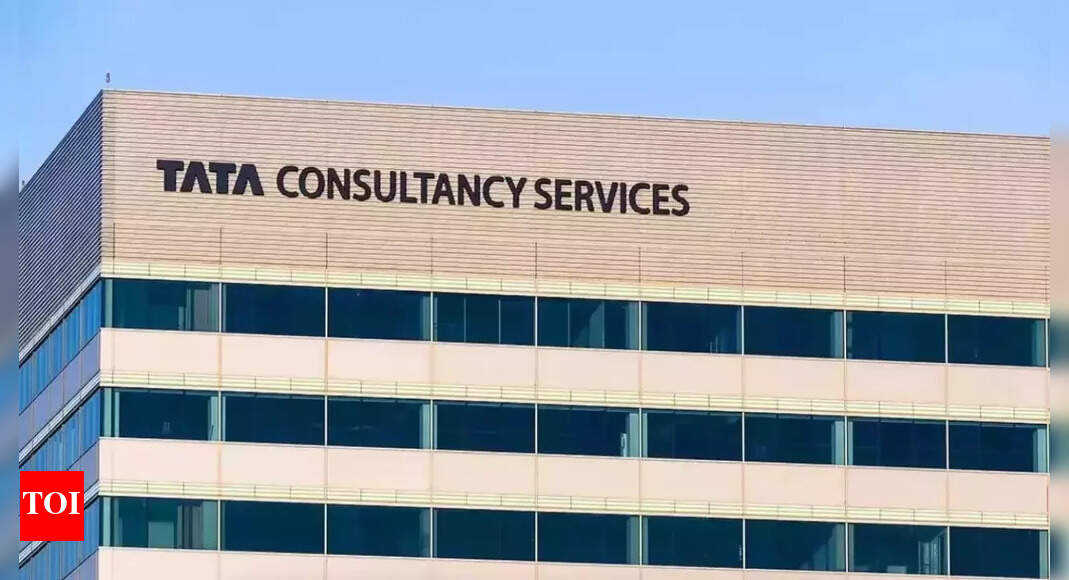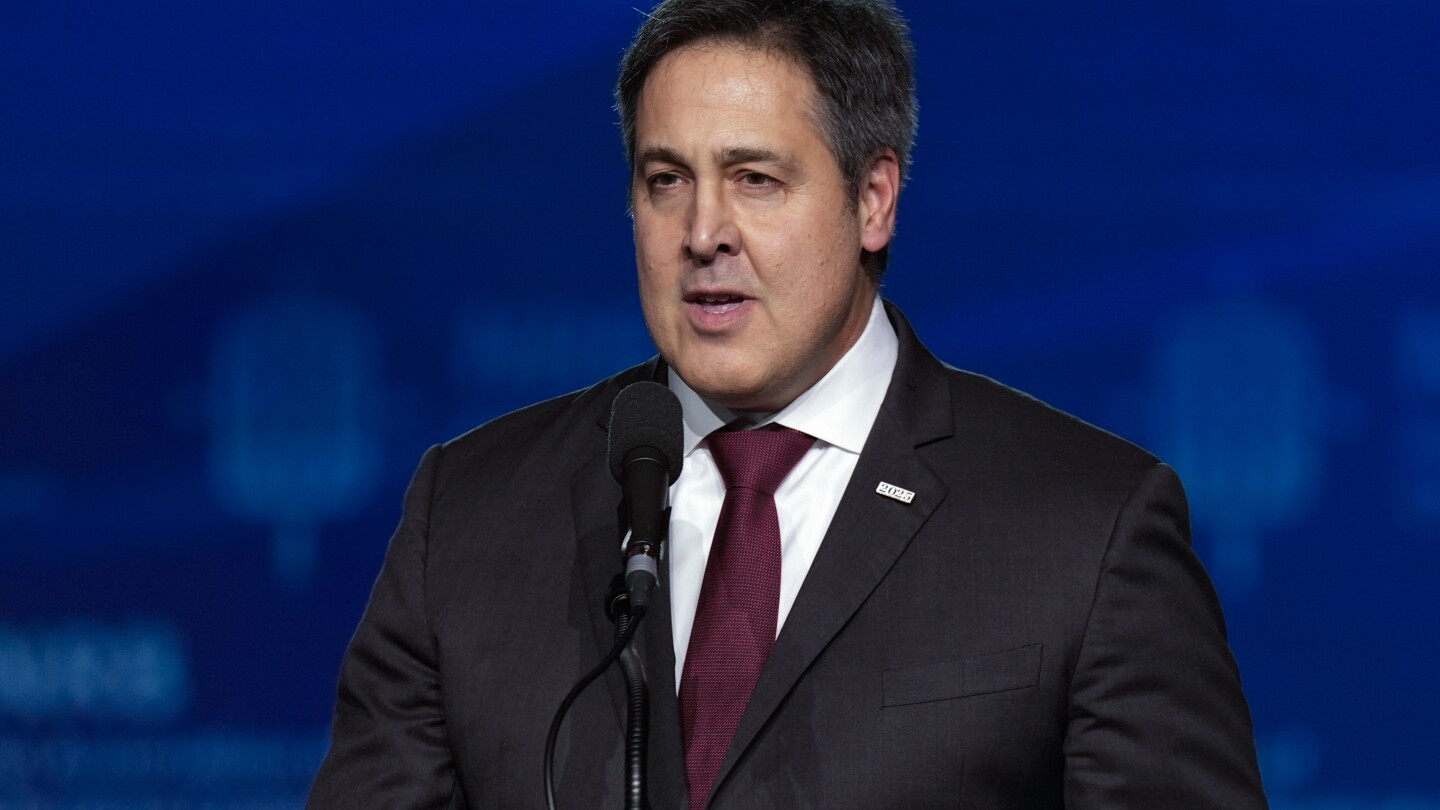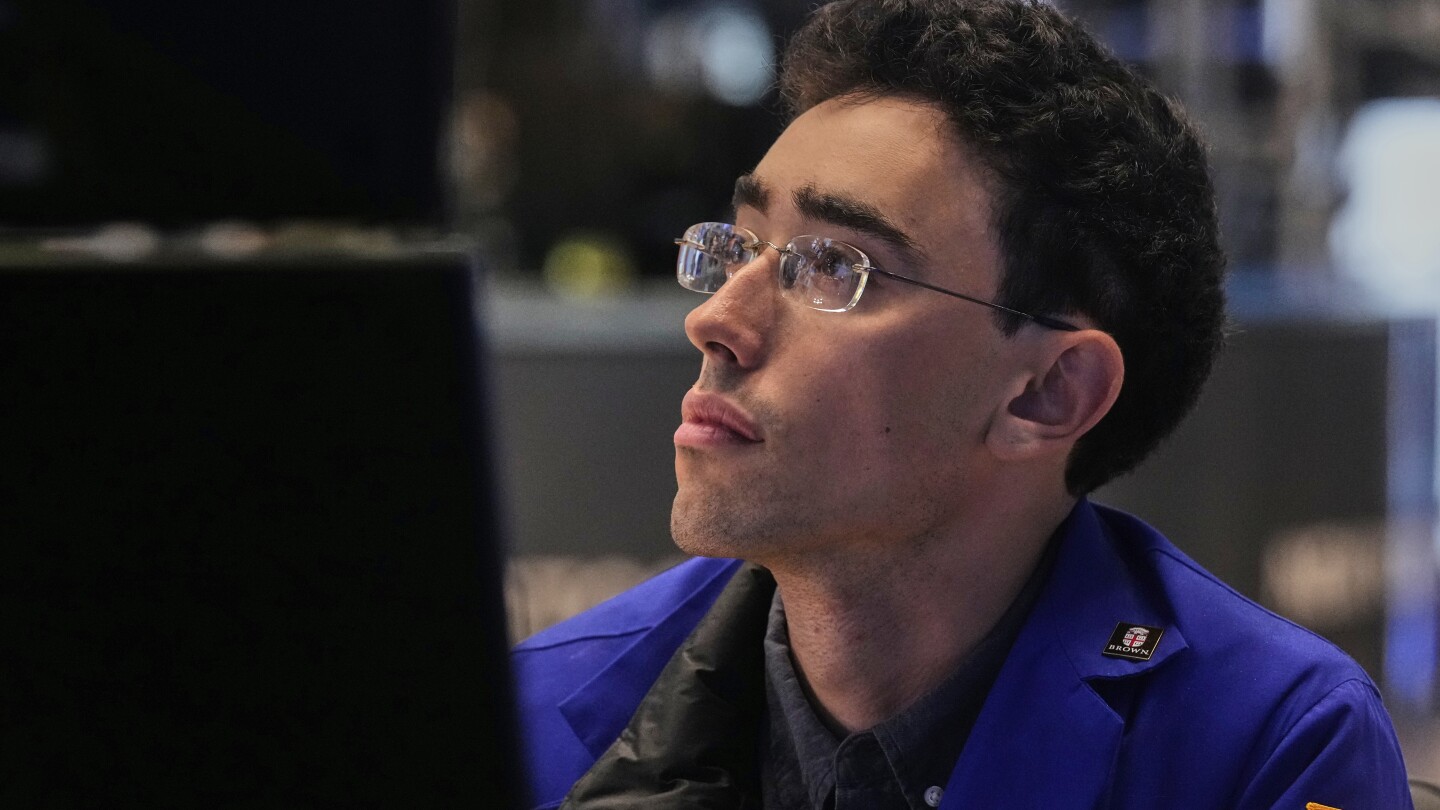Jessica Fye, Senior Analyst, Large-Cap Biotechnology, J.P. Morgan Research.
Jessica Fye:
In 2023 in the biotech group, it’s going to be a really dynamic period, depending on whether you’re talking about the large caps, which may be heading into interesting product launches, or the mid caps, which could have make-or-break data releases or they’re filing their first NDA for their very first product. I think you’re going to continue to see a lot of dynamism in this sector, a lot of innovation, and it will be another interesting year for the group. In terms of what investors have high conviction in right now, they’re looking for: growing, durable franchises, a clear path to profitability if not already profitable, ideally operating in low-competitive intensity spaces and/or representing the dominant player in their space.
What investors are looking for:
– Growing, durable franchises;
– clear path to profitability;
– (and) low competition.
Jessica Fye:
And I think folks are trying to avoid or be careful around companies that have imminent patent expirations without a clear path to profitability or without a highly visible pipeline. M&A is always a topic and a theme. This sector to some extent relies on larger companies kind of rolling up these smaller, sometimes earlier stage assets.
Jessica Fye:
I think you’ve seen a theme of a little more focus on more de-risked assets. I wouldn’t be surprised if that continues. I still think this is a sector that’s most important underpinning is innovation, and we still see that continuing at a very high level and don’t expect that to change in ’23.
END
On screen: Chris Scott:
We’ve seen the pharmaceutical group meaningfully outperform the market in 2022. Now, specifically looking at 2023, I’m most focused on two new therapeutic areas: and these are obesity and Alzheimer’s. The obesity market, we have new drugs coming to market. So we see patients effectively not getting diabetes, lower rates of heart attack/stroke. So it effectively moves obesity from an aesthetic market to a medical market. We’re forecasting this could be over a $30 billion annual opportunity.
The other market I mentioned is Alzheimer’s, and this has been by far the largest market of unmet need in the healthcare industry. I’m encouraged this year; I think we’ll see the first two drugs approved that actually can modify and slow down the rate of Alzheimer’s progression. When I think about some of the headwinds that we could face for the sector in 2023 that could offset some of these positive trends that I mentioned, one that comes to mind is, really, the sector’s patent cycle. So we’re still facing a number of very large patent expirations as we look out to the end of the decade. And I think investors are increasingly focused on how the industry will manage through those.
When I think about the Inflation Reduction Act and what it means for the pharmaceutical sector as a whole, we view the impact as pretty manageable. The bill basically caps patient out of pocket at $2,000 for seniors who are in Medicare. The more challenging part for the industry is price negotiation. This will be the first time the U.S. government can negotiate drug pricing. And it’s on a relatively limited number of drugs, but it’s something we’ll have to watch closely.
Now going forward looking out to 2023, the outlook’s still pretty positive in our view. We’ve got core products across the sector growing nicely, we’ve got pipelines continuing to advance and really broaden out. And the sector is basically not exposed at all to some of the macro-economic and supply chain volatility that we’re seeing elsewhere in the market.
END
Tien-Tsin Huang: We still see the same two big themes in payments playing out. Number one, software is taking over payments. And the second one is that everyone wants to bank their users. Most of the companies are really good at doing just one or the other, meaning just serving consumers, or just serving merchants.
But for those handful of companies that have billing relationships with both, if they can connect the ecosystems, there’s a host of opportunities for them to provide value-added services to have higher retention, to have better LTV. And as a result, you should see better growth.
We’re starting to see e-commerce growth pick up, credit debit spend has been a lot more predictable. The challenge is that there are some signs of the consumer getting a little bit weaker. And so that’s a macro issue. But there is history to draw parallels against that. And the further we move away from the pandemic, I feel more confident that the predictability of growth will be easier in ’23 versus the last two years.
A niche opportunity we’re watching in payments is in vertical-specific software, companies that go very deep in a vertical, and dominate it with an operating system, and trying to own that market. We’re starting to see in restaurant, in retail, education, names cropping up and delivering outsized growth. So we like that market.
Another one I’d say is the B2B space. B2B is still underpenetrated. It’s three times larger than the consumer-to-business space and with better software, better platforms, and better bank distribution. We feel good about the outlook for payments. We know there’s a lot of concern over the macro, and the consumer, and how healthy businesses are, et cetera. But the secular outlook for payments is undeniable.
There’s a lot of investment and innovation both on the consumer and the merchant side. We’re going to see better experiences both on the digital and face-to-face world. So we think the payment names can overcome some of the macro and get back to being viewed as defensive growth.
[MUSIC PLAYING]
Kimberly: We’ve been working in healthcare for over 10 years. We’ve been heavily focused in medical imaging and life sciences and drug discovery. And with the real burgeoning artificial intelligence community, what we’ve seen is the last five, six years, the research community in all facets of healthcare have really embraced artificial intelligence. And we’re seeing this make its way into all of the different practices of healthcare. Everything from reinventing how we’re doing genomics and drug discovery to the clinical care process and even getting now into preventative care and all of the different sensors that are entering this space.
Jason: Well, just in the U.S. 65 million people live in primary care deserts where there is not good enough access to healthcare, the physician shortages are rampant, and that’s for medical care much less when you’re talking about behavioral where there are tremendous access issues, there are stigmas about getting care. So it certainly addresses that need here in the U.S. And in fact, we think about virtual care as sort of the great equalizer when it comes to access to healthcare globally. So globally about 60 percent of the word’s population has a mobile device and that gives them access to healthcare, regardless of where they are.

















